The Kirtland’s warbler is removed from the national endangered species list
Trees are a pretty big deal. They clean our air and water. Provide food and habitat. Sequester carbon. Cool our cities. And so much more. But it’s only after we lose one of these benefits that we realize just how important they are.
One example of this is the recent news the U.S. Fish and Wildlife Service made announcing the removal of the Kirtland’s warbler from the federal list of endangered species. The warbler is the first songbird to ever be delisted and has been on the brink of extinction for the past three decades. Forest restoration played a big role in helping to save the Kirtland’s warbler.
Trees and Habitat
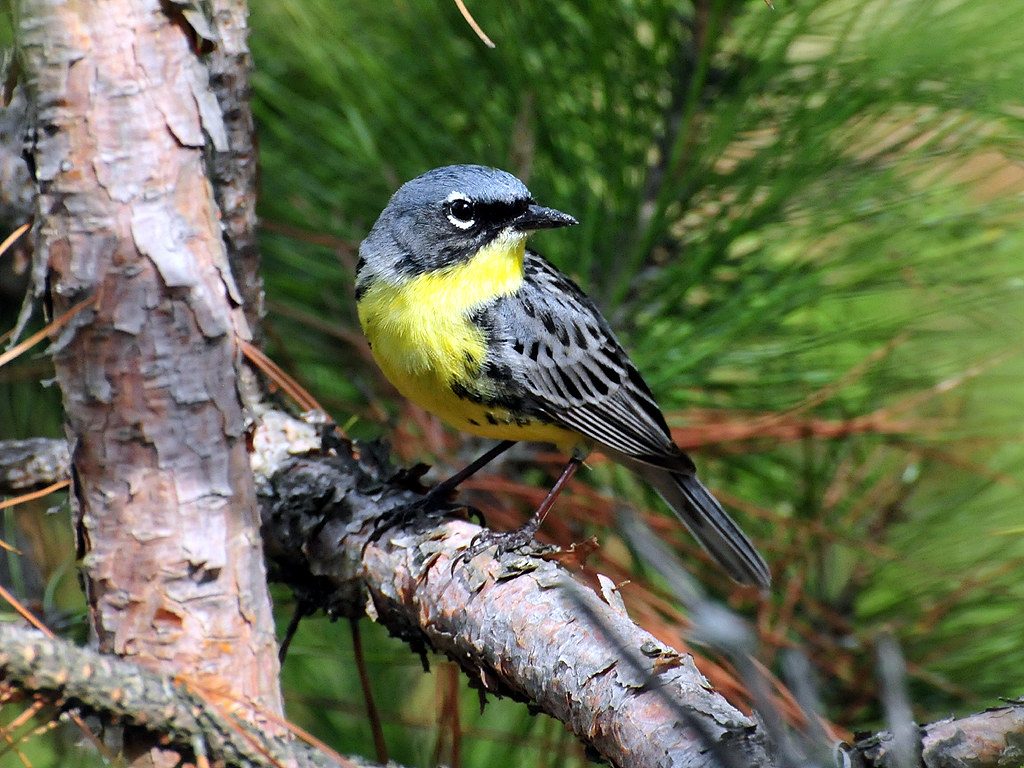
The warbler has a limited natural range of where it nests — young jack pine forests in Michigan and Wisconsin. However, the birds are so picky about their habitat, that the kind of jack pine forest they nest in is only created by wildfire. And they only nest under young jack pine trees — roughly eight to 20 years old. However, wildfire suppression over the last couple decades started shrinking the available area that the Kirtland’s warbler could nest, leading to a decline in the warbler.
To help protect the songbird and its habitat, forest managers started replanting jack pine trees. It later led to collaborative reforestation projects between public, private, and nonprofit organizations to restore the lost jack pines.
Arbor Day Foundation members have helped plant millions of trees along the Great Lakes region, restoring critical habitat and brining the warbler back from extinction.
Getting Removed from the Endangered Species List
The Kirtland’s warbler has been on the endangered species list since 1967. For the species to be removed, there must be at least 1,000 nesting pairs. It’s estimated that the current population surpasses 2,300 breeding pairs. Thanks to reforestation efforts, the U.S. Fish & Wildlife Service officially removed the bird off the list earlier this month.
Trees are critical in both urban and natural settings. And the restoration of one of the rarest songbirds reminds us how important it is to protect our forests and continue to plant trees.
Visit arborday.org/reforestation to see what else we’re doing to restore our forests.

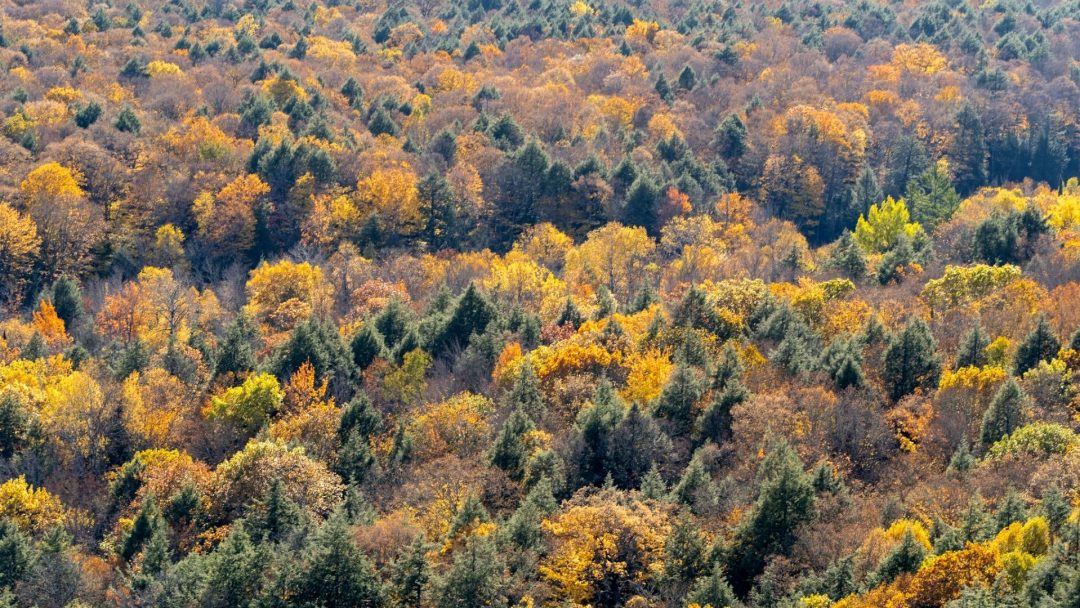
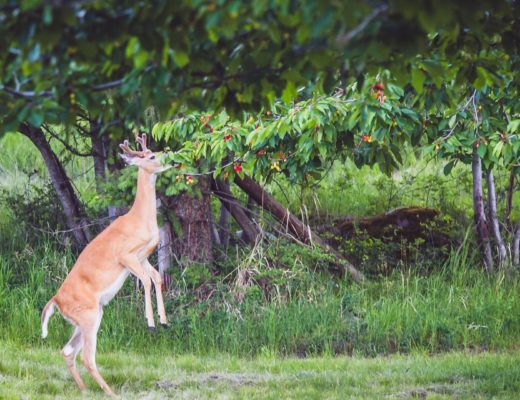
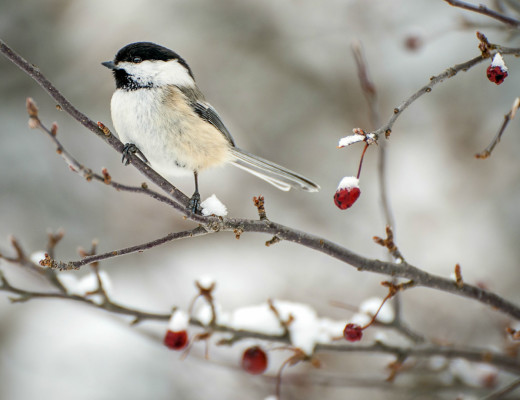
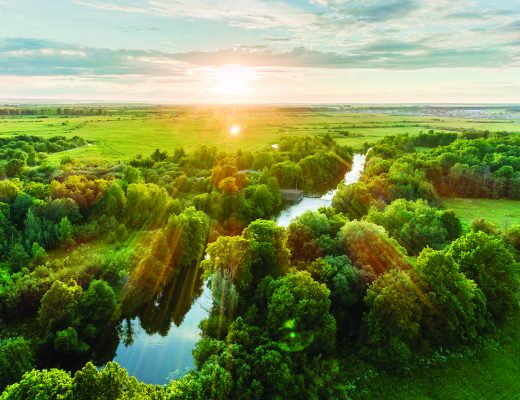
This is wonderful and a recognition of the natural ecosystem So, why is the Arbor Day Foundation giving away Crape Myrtle trees with donations? They are not part of the native ecosystem in the U.S. and nothing eats therefore they are a desert to birds looking for food and obviously take up space where a native tree could be planted.